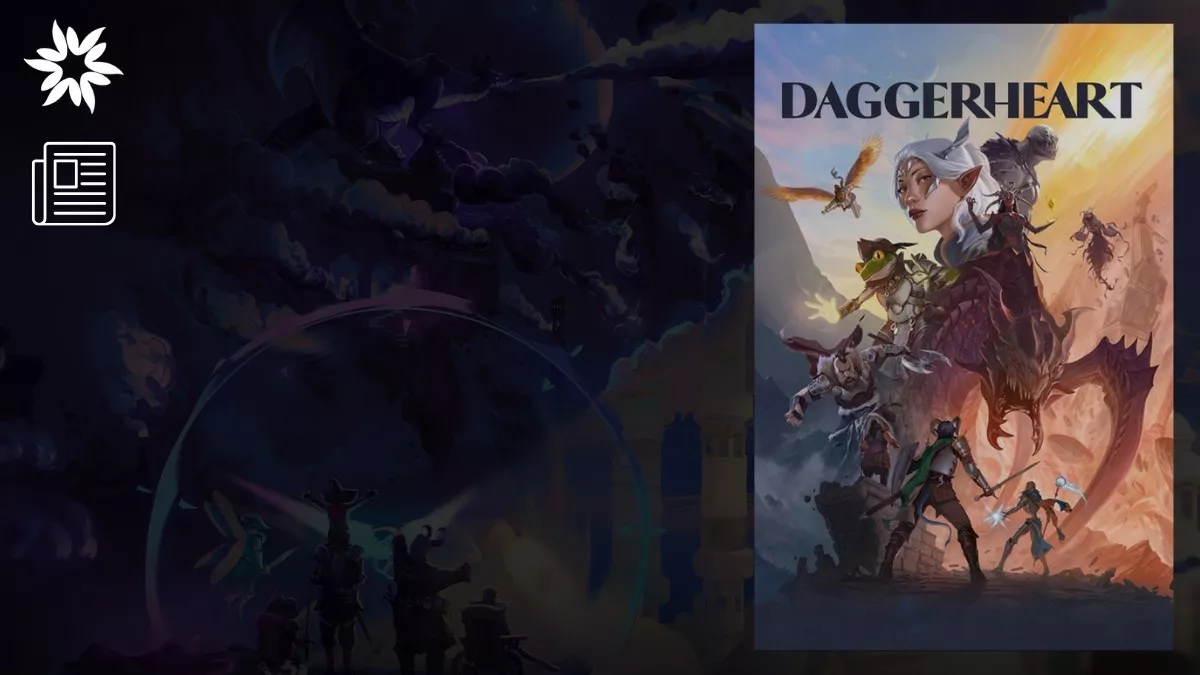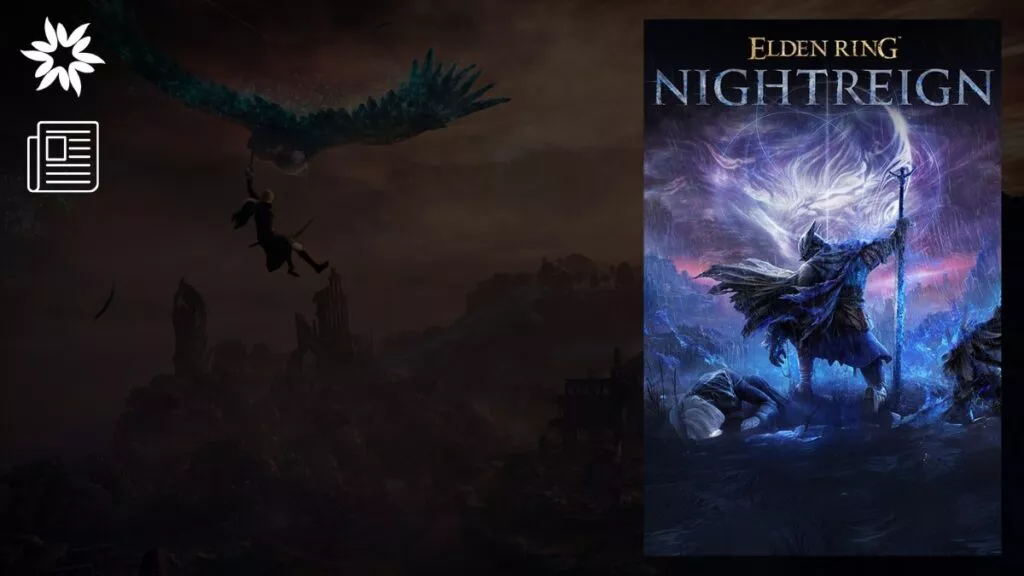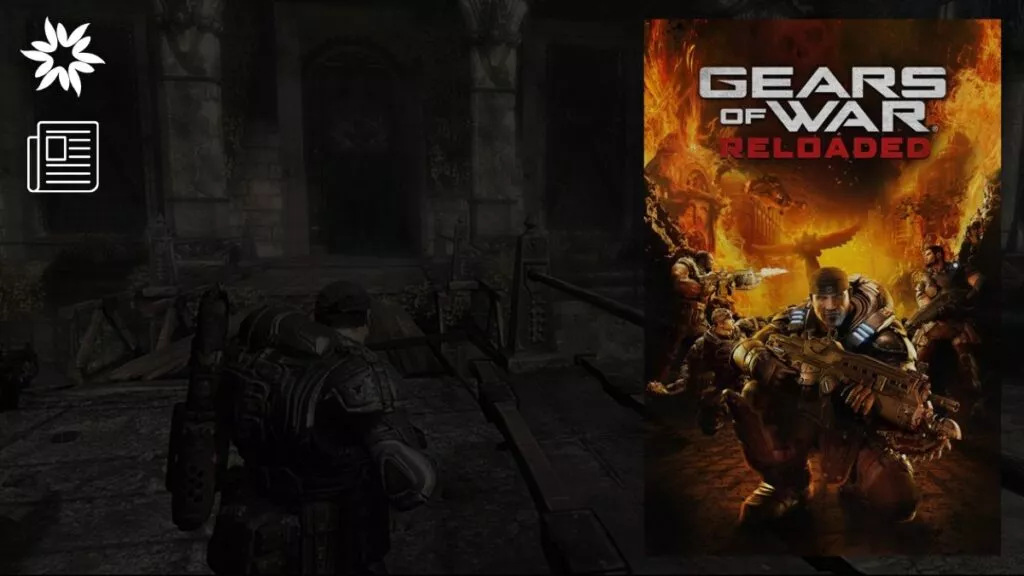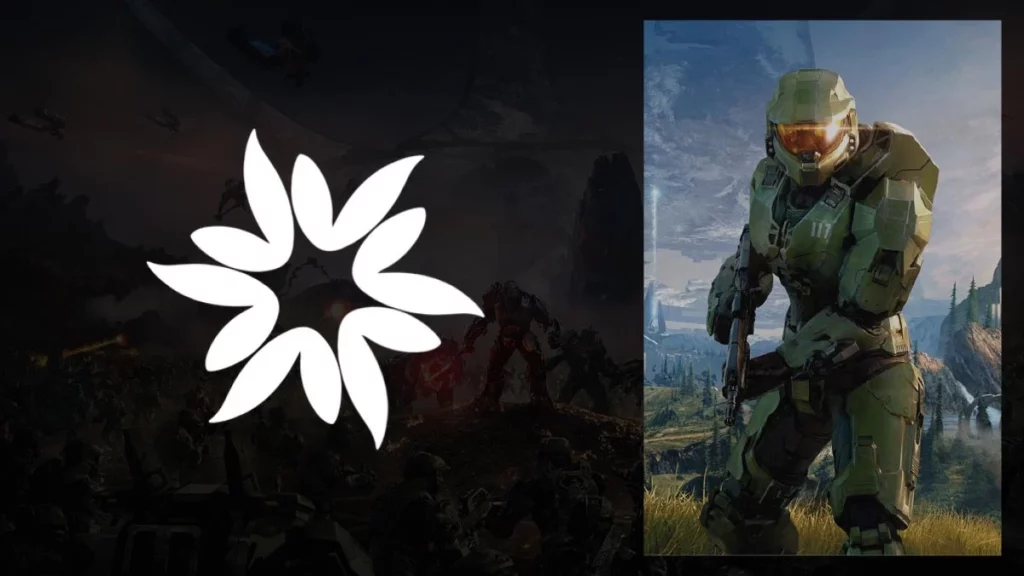Critical Role, known for its popular roleplaying shows, released a new tabletop game called Daggerheart on May 20, 2025. The game is published by Darrington Press, Critical Role’s own publishing company. Development began with a public beta in March 2024, and more than 150,000 players have tested the game over the past year. The designers used this feedback to adjust the rules and improve the game before launch.
The design team includes Spenser Starke as lead designer and Rowan Hall as co-designer. They wanted to make a game that focuses more on storytelling than on complex rules. This new system is meant to be easier to use and more flexible than other fantasy games like Dungeons & Dragons. Saying that, it still gives both new and experienced players interesting choices during play.
Key Takeaways
- Daggerheart was released on May 20, 2025, after a public beta with over 150,000 playtesters.
- The game uses a Hope and Fear dice system with two d12s that affect both outcomes and story tone.
- The rulebook includes six campaign frames, including Age of Umbra by Matthew Mercer, with a streaming series that started May 22, 2025.
A New Dice System Adds Depth to Every Action
One of the most interesting features of Daggerheart has to be its unique dice mechanic called the Hope and Fear system. Whenever a player takes an action, they roll two 12-sided dice (d12s)—one for Hope and one for Fear. The total of the dice roll shows if the action succeeds, but which die rolls are higher also affects what kind of success or failure happens. If the Hope die is higher, the outcome leans positive. If the Fear die is higher, the outcome comes with risk or tension.
Precisely designed to keep players on their toes and make the game feel more alive, a roll could succeed but still come with a problem if the Fear die is higher. The use of d12s was also a specific choice, as they offer a fair balance between randomness and control. Their results are less extreme than d20s, and they tend to average around 13 when rolled together, making small modifiers more important.
The dice system also creates resources. Players gain Hope points, which they can spend to use powerful abilities. On the other side, the Game Master (GM) gains Fear points, and they can be used to make enemies stronger or introduce challenges.
Character Creation Combines Narrative and Simplicity
In addition to the dice system, Daggerheart offers a unique way to create and manage characters. The game includes optional cards that players can use to build their characters, including show skills, features, and abilities. Effectively, they help players choose their character’s path without flipping through long rulebooks. While the cards are not required, they are designed to make setup easier and more visual.
Another part of character creation is the use of Experiences, which are short phrases that describe events from a character’s past. Players come up with them during Session Zero with the help of the GM. When a character acts in a way that connects to one of their Experiences, they get a bonus to the roll.
As players continue through a campaign, they can level up and choose new features. The early game is simple and easy to learn, but the system adds more depth as characters grow. Most of the complex parts are handled outside of play, such as during character creation or level-ups, which helps sessions run more smoothly.
Advice for GMs and Tools for Story-Driven Play
To help Game Masters run the game, the rulebook includes a chapter on GM Principles—short, clear ideas meant to guide GMs during play. One example is “ask questions and use the answers.” This encourages GMs to let players add to the story by describing parts of the world. For example, a GM might ask a player what a group of city guards looks like or how they recognize someone from their past.
The book also includes general advice from the designers. One suggestion is to “cut to the action,” which means skipping over slow moments and jumping straight to important scenes. It helps the game move at a good pace, especially for players who don’t have time for long sessions.
Another useful tip is to “reframe rather than reject.” If a player wants to try something that doesn’t match the rules, the GM should help them adjust the idea instead of saying no, just in order to help new players feel welcome and support creative thinking.
Common Mistakes to Avoid When Using Hope and Fear
The designers also shared a few pitfalls to avoid; perhaps the most common is hoarding Fear points. Fear is supposed to be used regularly, just like Hope. Statistically, both Hope and Fear will come into play about half the time. If the GM doesn’t spend their Fear points, the game can lose tension and slow down.
Another mistake is undermining player success. When a player rolls well but also rolls Fear, the action should still succeed. However, something else might go wrong. For example, a player might sneak past guards successfully, but the room they enter could contain a new danger. The idea is to let players feel successful while keeping the game full of twists and surprises.
Campaign Frames Give Players and GMs Ready-to-Use Stories
When the game launches, it will include six campaign frames. Each one is a short guide that helps GMs start a new story. These frames include a main theme, a starting scene, maps, and optional rule changes. They are about 10 to 20 pages long and are meant to give just enough structure without limiting creativity.
A major frame is Age of Umbra, written by Matthew Mercer, the DM of Critical Role—a setting inspired by video games like Dark Souls, Elden Ring, and Kingdom Death Monster. The story takes place in the Halcyon Domain, a dark world where the dead rise again under the influence of a strange force called the Umbra.
In Age of Umbra, there are Sacred Pyres—special places that offer safety from the Umbra’s power. If the players rest somewhere without a pyre, they must keep watch or risk trouble. The setting is designed for players who enjoy high-stakes fantasy and survival stories.
To show how this campaign works, Critical Role has released a special series called Age of Umbra. It’s an eight-part mini-series, and it started with a Session Zero on May 22, 2025; the first full episode on May 29, 2025, available on Beacon, Twitch, and YouTube.
There are also other campaign frames that offer different tones. One is Beast Feast, a lighthearted game where players hunt monsters and cook them. It takes ideas from games like Monster Hunter World and Delicious in Dungeon.
Then you have Motherboard. Inspired by Horizon Zero Dawn and Mortal Engines, it’s a sci-fi fantasy world where magic is actually advanced technology.








